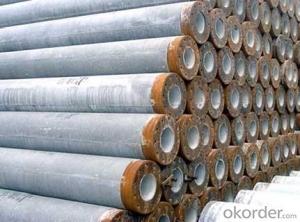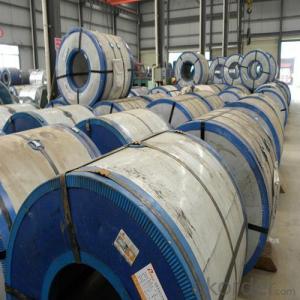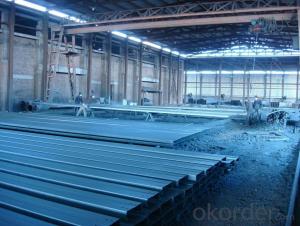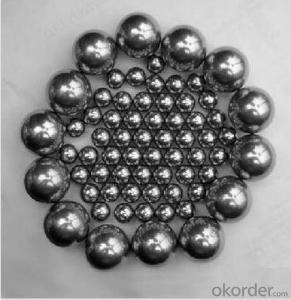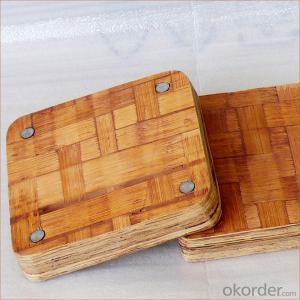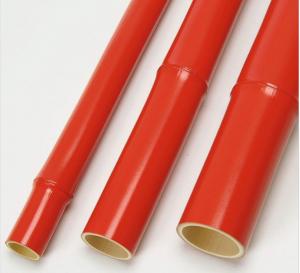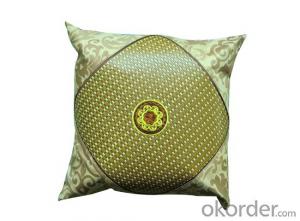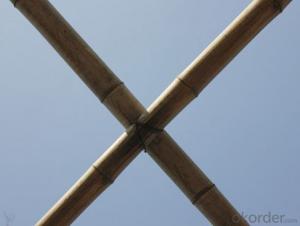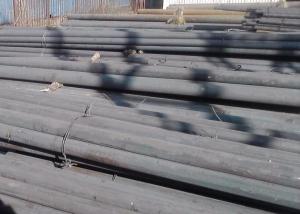Bamboo Pile
- Loading Port:
- China Main Port
- Payment Terms:
- TT OR LC
- Min Order Qty:
- -
- Supply Capability:
- -
OKorder Service Pledge
Quality Product, Order Online Tracking, Timely Delivery
OKorder Financial Service
Credit Rating, Credit Services, Credit Purchasing
You Might Also Like
We mainly engaged in manufacturing PHC concrete piles with diameters of Φ600~Φ1400 for wharf. Every year, the company produces various types of concrete piles of over 150,000 meters with single-section pile of 41meter long and annual gross output value up to RMB 600 million.
With years’ manufacturing experience of concrete piles and a great number of excellent technological and management talents, the company persists in technical innovation and research of new products. The large-diameter PHC concrete piles with merits such as good bending strength, large bearing capacity, fine resistance against the external force and so forth have been the preferential choice of structural materials for foundation engineering construction such as large ports, wharfs, shipyard, huge bridges, high-rise buildings, heavy factories, high-speed railway, etc.
The company holds the operation philosophy of “honest, practical and harmonious for win-win” and persists in the quality guideline of “constant improvement with prohibition of non-conforming products into construction site” to provide you sincerely with superior products and service.
- Q: What are the specific requirements for special steel used in the railway wheel industry?
- The specific requirements for special steel used in the railway wheel industry include high strength, durability, and resistance to wear and fatigue. The steel must have excellent mechanical properties to withstand heavy loads and impact forces. It should also have good heat treatment characteristics to ensure proper hardness and toughness. Additionally, the steel must meet strict dimensional and geometrical specifications to ensure compatibility with the railway system.
- Q: Are steel angles suitable for earthquake-resistant construction?
- Steel angles can indeed be suitable for earthquake-resistant construction. Steel is a material known for its high strength and ductility, making it ideal for withstanding seismic forces. Steel angles, in particular, are commonly used in seismic design and construction due to their ability to provide structural stability. Steel angles are often used as bracing elements in buildings to resist lateral forces caused by earthquakes. They can be installed diagonally between structural members to create a rigid frame that can effectively absorb and dissipate seismic energy. These angles help distribute the forces generated during an earthquake and prevent the collapse of the structure. Furthermore, steel angles can be designed and fabricated to meet specific seismic design criteria. The design can take into account factors such as the building's location, expected seismic activity, and the desired level of earthquake resistance. By using advanced computer-aided design and analysis tools, engineers can optimize the placement and size of steel angles to enhance the overall seismic performance of the structure. In addition to their strength and ductility, steel angles offer other advantages for earthquake-resistant construction. They are lightweight, which reduces the overall weight of the structure and allows for more efficient seismic design. Steel is also a recyclable material, making it a sustainable choice for construction projects. However, it is important to note that the suitability of steel angles for earthquake-resistant construction depends on several factors, including the specific design, construction techniques, and adherence to building codes and regulations. Professional engineering expertise and thorough analysis are necessary to ensure the appropriate use of steel angles in seismic design. In summary, steel angles are suitable for earthquake-resistant construction due to their strength, ductility, and ability to provide structural stability. When properly designed and installed, they can effectively resist seismic forces and contribute to the overall safety and resilience of the structure.
- Q: Can steel sheets be used for manufacturing storage cabinets?
- Indeed, storage cabinets can be manufactured using steel sheets. Steel, renowned for its durability and strength, is frequently employed in the construction of cabinets and various storage alternatives. The malleability of steel sheets enables them to be effortlessly fabricated and shaped into the desired cabinet form, offering exceptional support and stability for securely storing weighty items. Furthermore, steel's resistance to corrosion renders it highly suitable for regions with elevated moisture levels or adverse environmental conditions.
- Q: Can stainless steel channels be customized?
- Yes, stainless steel channels can be customized. Stainless steel is a highly versatile material that can be easily shaped and modified to meet specific requirements. Customization options for stainless steel channels include altering dimensions, shapes, and finishes to suit different applications and design needs.
- Q: What are the advantages of using silicon steel in electrical transformers?
- The advantages of using silicon steel in electrical transformers include its high magnetic permeability, low core loss, and excellent electrical conductivity. This allows for efficient energy transfer, reduced heat generation, and improved overall performance of the transformer. Additionally, silicon steel's high resistance to electrical current helps to minimize the eddy current losses, making it an ideal choice for transformer cores.
- Q: What are some common uses of a steel square in metal sculpture?
- A steel square, also known as a framing square or carpenter's square, is a versatile tool commonly used in metal sculpture for a variety of purposes. Here are some common uses of a steel square in metal sculpture: 1. Measuring and marking: The steel square is an excellent tool for measuring and marking precise angles and lengths. It allows sculptors to ensure accurate dimensions in their metalwork, whether it's for cutting or bending metal pieces. 2. Checking squareness: One of the primary uses of a steel square is to check the squareness of various components in metal sculpture. Sculptors can use it to ensure that corners and joints are perfectly at right angles, resulting in a more structurally sound sculpture. 3. Laying out patterns: A steel square is often used to lay out patterns on metal sheets before cutting or shaping them. It helps sculptors create straight lines, right angles, and other geometric shapes that are essential for many sculptures. 4. Creating mitered joints: Mitered joints, where two pieces of metal meet at an angle, are commonly used in metal sculpture to create clean and seamless connections. A steel square can be used to mark and cut accurate angles for mitered joints, ensuring a precise fit. 5. Checking flatness: Sculptors often use a steel square to check the flatness of metal surfaces. By placing the square against a metal sheet or plate, they can identify any warping or bending that needs to be corrected before incorporating it into their sculpture. 6. Aligning components: When assembling metal sculpture, a steel square can be used to align and square up different components. It helps sculptors ensure that various parts fit together perfectly, resulting in a more cohesive and visually pleasing final artwork. Overall, a steel square is an indispensable tool for metal sculptors. Its accurate measurements, ability to check squareness, and versatility in laying out patterns and creating mitered joints make it a valuable asset in the metal sculpture process.
- Q: So today I was bored and was reading a shotgun shell box,the box was slug 12ga.I noticed it said not to be used in Damascus steel or twist barrel.It was to my understanding that Damascus steel is very strong and many stories came from what it could cut when used in a blade or sword.The little bit of info that i could find was that Damascus used earlier in the turn of the century on shotguns should not be fired unless special maintenance has been given and check out by gunsmith.So is Damascus not strong like i thought and not be able to handle higher pressure or why the reason for the warning?*
- Damascus steel is is great for blades, but does not have the strength to stand up to smokeless powder pressures.
- Q: Are steel sheets suitable for cold storage applications?
- Yes, steel sheets are suitable for cold storage applications. Steel is a durable and strong material that can withstand the low temperatures typically required for cold storage. It is resistant to corrosion and does not absorb moisture, making it ideal for keeping the cold air inside the storage area. Additionally, steel sheets can be easily cleaned and sanitized, which is important in maintaining the hygiene and safety of the stored items. Steel also provides excellent insulation properties, helping to maintain a consistent temperature within the cold storage facility. Furthermore, steel sheets can be customized and fabricated to meet the specific size and shape requirements of the cold storage application. Overall, steel sheets are a reliable and practical choice for cold storage applications.
- Q: Are steel flat bars resistant to chemical corrosion?
- Yes, steel flat bars are generally resistant to chemical corrosion due to their composition and protective surface finishes.
- Q: What are the considerations when designing for thermal insulation of Steel H-Beams?
- When designing for thermal insulation of Steel H-Beams, several considerations need to be addressed. Firstly, the choice of insulation material is crucial, as it should have low thermal conductivity to minimize heat transfer. Additionally, the insulation material should be compatible with the steel structure and able to withstand the structural loads. Proper installation techniques and methods should also be considered to ensure the insulation is securely attached and does not compromise the structural integrity of the H-Beams. Moreover, factors such as fire resistance, moisture resistance, and durability should be taken into account to ensure long-term performance and safety. Finally, the design should comply with relevant building codes and regulations to meet the required thermal insulation standards.
Send your message to us
Bamboo Pile
- Loading Port:
- China Main Port
- Payment Terms:
- TT OR LC
- Min Order Qty:
- -
- Supply Capability:
- -
OKorder Service Pledge
Quality Product, Order Online Tracking, Timely Delivery
OKorder Financial Service
Credit Rating, Credit Services, Credit Purchasing
Similar products
Hot products
Hot Searches
Related keywords
